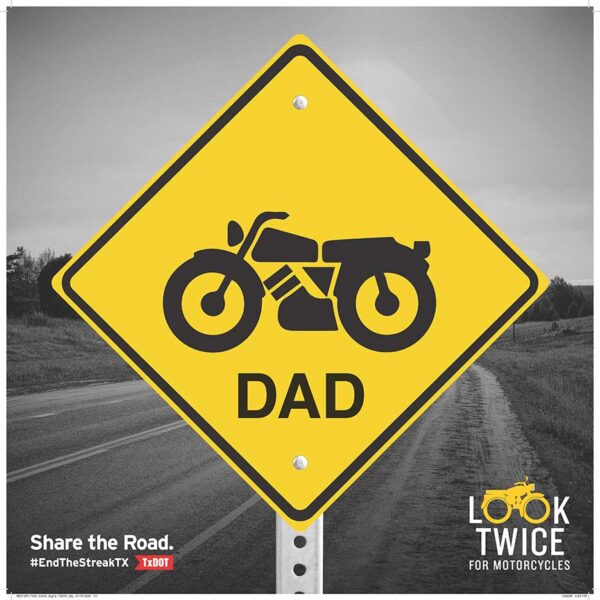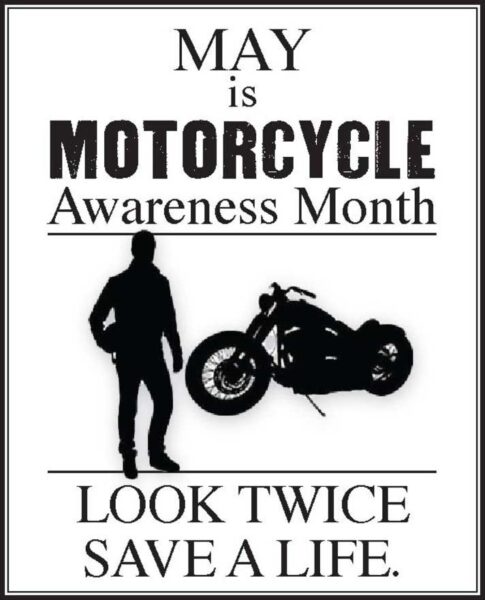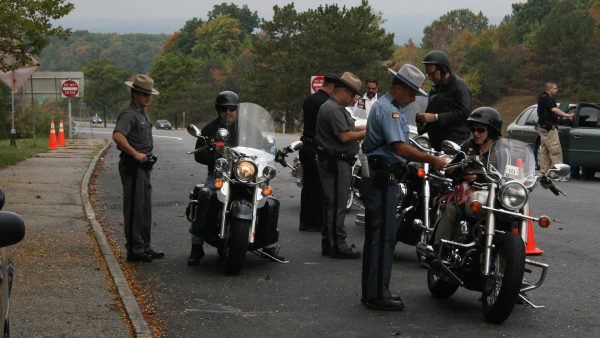Laws for riding motorcycles
by Wells Foster, Chivon Kloepfer from https://www.wlns.com Laws for motorcyclists are a little different than ones for regular cars. Local legal expert Bryan Waldman breaks down the differences in this Legal Edge report. First, motorcyclists must have the correct kind of insurance. Then, they need a motorcycle endorsement on their driver’s license. Michigan does not require all motorcyclists to wear a helmet, but you first must reach a few milestones. Everyone on a motorcycle under 21 must wear a helmet, regardless of their experience on a bike. They must also have had a motorcycle endorsement for at least two years and/or pass a safety test. You must also have extra insurance coverage to cover medical bills. In Michigan, motorcycles are not considered motor vehicles, meaning insurance works a little differently. Motorcyclists don’t need to purchase any fault insurance. As long as a motor vehicle is involved, a motorcyclist is entitled to benefits. For example, if a motorcyclist spins out and crashes on some gravel by themselves, no fault benefits will activate. However, if they are involved in a near-miss with a car, the benefits do activate.
Laws for riding motorcycles Read More »









